Brady starts with T. S. Eliot and the Wasteland. It reminded me of when I was new to Milton and went into the stairwell at the university library so I could read it aloud in an attempt to focus and pay attention. Later, I was in an intense Shakespeare class. We were reading about 12 to 15 plays over the semester. I discovered recordings by the BBC that had the Royal Shakespeare company reading the parts. Headphones and three or four hours helped Shakespeare plays that were new to me come completely alive.
As Teri Lesesne is found of suggesting--it is time to value reading with our ears.
Thanks Brady. Take it away.
Listening to the Story World with YA Audiobooks
| | |
Audiobooks, performed versions of printed texts such as novels, can be used as tools to support and extend reading practices. As readers listen to audiobooks, they gain models not only for the sounds of words and being portrayed, but also how they might be performed or enacted. As students hear more readings, they add to the available cache of ways they can imagine a text sounding as they internally simulate the cadence of sentences and the sounds that make up the worlds of texts. This can help students build reading fluency and improve comprehension, particularly when students move between printed texts and audiobooks (Johnson, 2014).
In my own English classroom, I have used segments from audiobooks as a regular part of classes. They serve not only as bits of text in themselves, but as mentors to students as they hear the language of books in their heads. And they can lead us to discuss the sentences or, when there is some musical embellishment or added sound effect, we can discuss the ways in which the world of the text sounds. I’ve also used audiobooks to introduce the idea that students reading together in groups can be creative in their performances or discuss the sounds they heard internally. Often, I would hear them negotiating over sounds in the text, discussing how one student or another heard it. As they had these discussions, students were building rich virtual worlds around text as they practiced imagining it one way or another. Sometimes, during book talks, students would produce little segments on their own, adding a bit of digital audio composition to their work together.
The Poet X by Elizabeth Acevedo
| Acevedo’s bestselling novel in verse tells the tale of a young woman growing up in New York City developing her identity as a writer. Acevedo is an accomplished spoken word poet, and seeing videos of her work inspired me to check out the spoken version of her novel. It wasn’t until I listened to the audio rendition that I realized that Acevedo’s printed novel only represents one portion of the text’s power. In this audiobook rendering, Acevedo herself delivers the lines as she intended them, in the bold style of a spoken word poem. While the internal representation of a written work is always a production that is created in collaboration between a reader and a text, it may be safe to say that there is still value in hearing the author’s version of the sound of the text, particularly when the text is saturated with a genre and a medium that is linked inherently to sound, that is so focused on the sound and delivery of words. For those unfamiliar with spoken word poetry, it is safe to say that the audiobook rendition of Acevedo’s recent smash hit may completely change their reading of the text entirely. |
Feed by M.T. Anderson
| M.T. Anderson’s Feed was published in 2002, four years before Facebook’s news feed feature was launched and six years before the release of the iPhone. The novel takes place in a future in which computers have been installed in nearly everyone’s brain, and advertisements jump in and out of our thoughts without our control. Information searching, online shopping, movie watching, and personal communication all take place within people’s heads. Littered throughout the novel are snippets of commercials, television shows, and other information that come through “the feed,” as it’s called. In the audiobook rendition, these snippets are fully produced texts, with sounds, music, and readings that provide a full parody of the media culture they are satirizing. The audiobook is able to deliver in the medium the novel is working to evoke. In the process, these modernist inserts are made more accessible to readers, who must simulate the full sound of the text in order to understand them. Moreover, the interruption of the narrative with the sound of a commercial or television clip mirrors the interruptions that the characters experience in their thinking because of the feed, adding an additional experiential layer to the audiobook that is only hinted at in the original novel. |
Aristotle and Dante Discover the Secrets of the Universe by Benjamin Alire Sáenz
| Ari and Dante, as many of my students and teacher friends call it, is a story about two Mexican American teenage boys living in El Paso who develop a close friendship at the tail end of high school, and slowly learn to face their increasingly intense feelings for one another. While the audiobook version of Saenz’s modern classic is not decorated with additions like music or sound effects, it is rendered beautifully. Read by Lin Manuel Miranda, of Hamilton and In the Heights fame, this audiobook does something wonderful with the pacing and spacing of the novel. Ari and Dante takes place in and around El Paso. Those of us who have spent much time in the west Texas landscape in which the book takes place know the vast distances, the silences that create the backdrop for the novel. But these silences are not just in the setting. They exist in the pacing of Ari’s narration, in his reticence to share his feelings, and in his relationship with his father, a quiet and reserved man scarred by the traumas of war. Miranda’s narration brings these spaces, these silences to life. He allows for long pauses to represent the spaces of the page, and uses these spaces to bring the emotions of the two protagonists to life. As a bonus, fans of Miranda’s musical work may have an additional avenue by which to enjoy the text. |
Sadie by Courtney Summers
| In Sadie, West McCray, the host of a crime podcast, follows the trail of Sadie, a missing teenager whose sister was murdered the year before. The narrative switches between the host, whose story is told via a simulated podcast, and Sadie, who narrates her experiences in first-person. There are two main voice actors to narrate the story: Rebecca Soler as Sadie, and Dan Bittner as McCray. The stutter that inflects Sadie’ speech, a challenge for her as she acts as both bounty hunter and detective on her quest to avenge her sister’s death, is brought to life in the audiobook; Soler performs Sadie with vulnerability, power and dignity. Moments that are harder to represent in print, such as the pauses when Sadie attempts to get out words - represented by “___” in the novel - are brought to life powerfully by Soler, who creates sounds in her throat to represent them. West McCray’s segments are presented as a fully produced podcast with music, copyright claims, different actors appearing as the people West interviews for his show, and all of the trimmings that make a podcast a podcast. The audiobook style mirrors the style of true crime podcasts like Serial or Atlanta Monster. In this sense, the audiobook format seems particularly appropriate for the contents of Sadie, as it includes the actual medium which the printed novel is intending to evoke. |
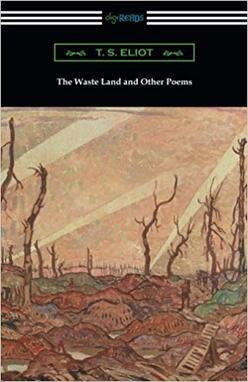
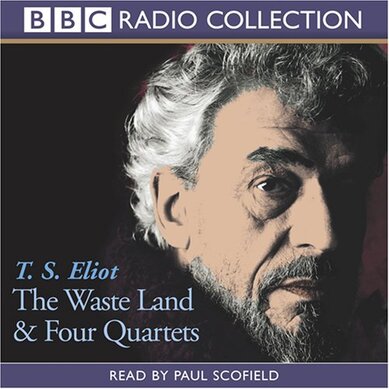
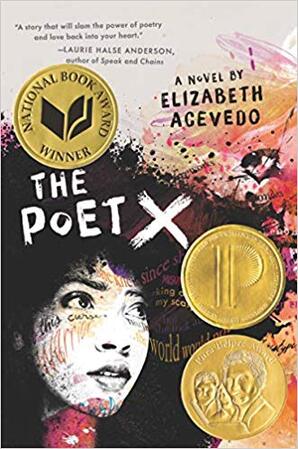

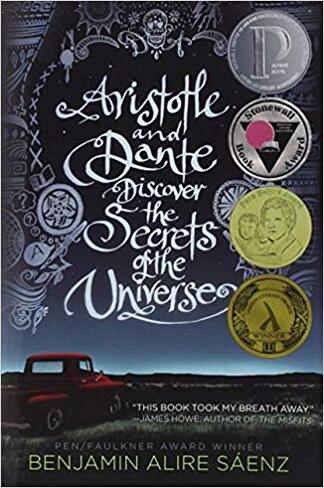
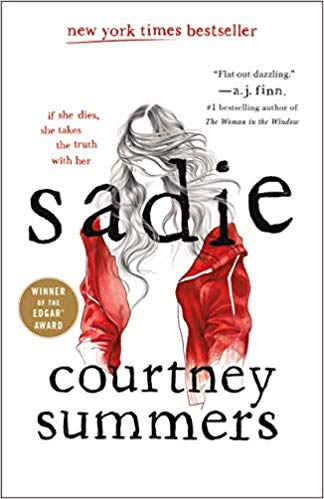

 RSS Feed
RSS Feed